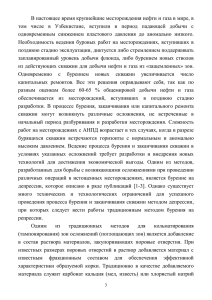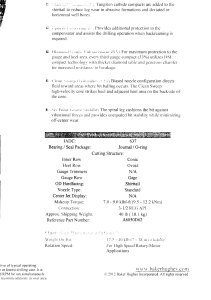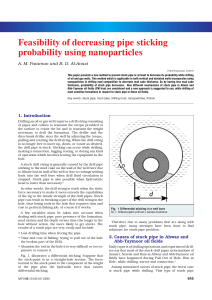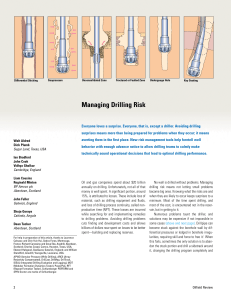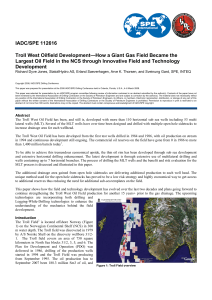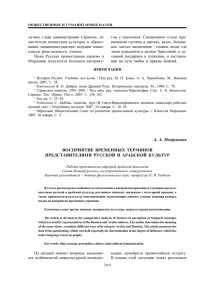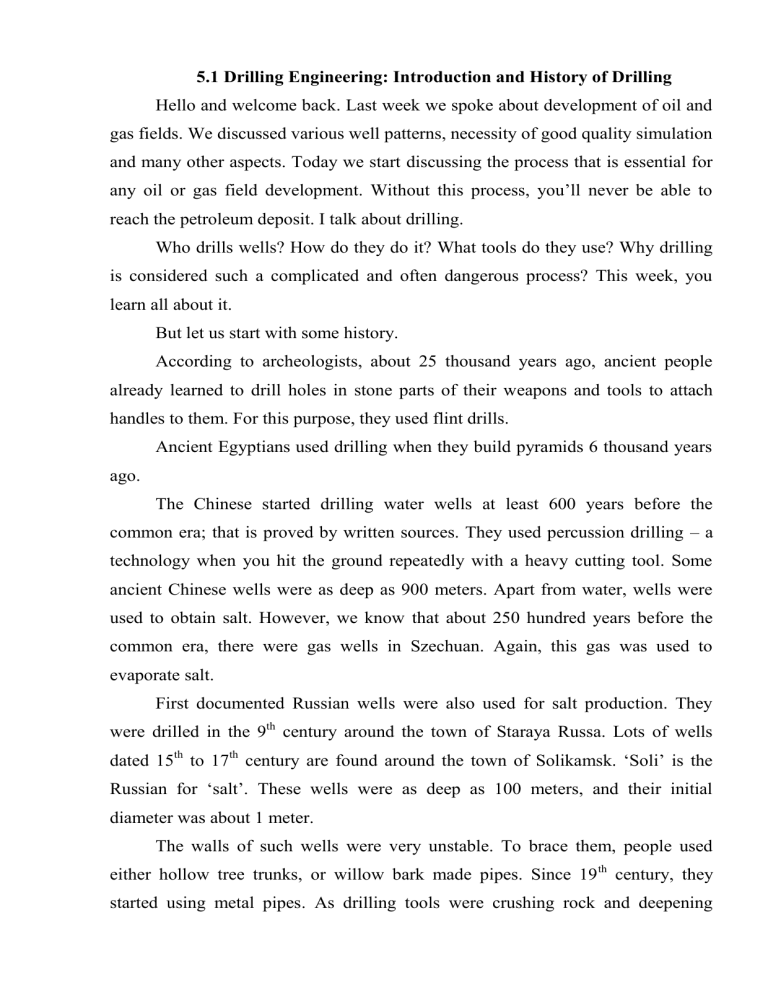
5.1 Drilling Engineering: Introduction and History of Drilling Hello and welcome back. Last week we spoke about development of oil and gas fields. We discussed various well patterns, necessity of good quality simulation and many other aspects. Today we start discussing the process that is essential for any oil or gas field development. Without this process, you’ll never be able to reach the petroleum deposit. I talk about drilling. Who drills wells? How do they do it? What tools do they use? Why drilling is considered such a complicated and often dangerous process? This week, you learn all about it. But let us start with some history. According to archeologists, about 25 thousand years ago, ancient people already learned to drill holes in stone parts of their weapons and tools to attach handles to them. For this purpose, they used flint drills. Ancient Egyptians used drilling when they build pyramids 6 thousand years ago. The Chinese started drilling water wells at least 600 years before the common era; that is proved by written sources. They used percussion drilling – a technology when you hit the ground repeatedly with a heavy cutting tool. Some ancient Chinese wells were as deep as 900 meters. Apart from water, wells were used to obtain salt. However, we know that about 250 hundred years before the common era, there were gas wells in Szechuan. Again, this gas was used to evaporate salt. First documented Russian wells were also used for salt production. They were drilled in the 9th century around the town of Staraya Russa. Lots of wells dated 15th to 17th century are found around the town of Solikamsk. ‘Soli’ is the Russian for ‘salt’. These wells were as deep as 100 meters, and their initial diameter was about 1 meter. The walls of such wells were very unstable. To brace them, people used either hollow tree trunks, or willow bark made pipes. Since 19 th century, they started using metal pipes. As drilling tools were crushing rock and deepening wells, they were followed by such pipes which were later called casing. With time, pipe manufacturing technology became more sophisticated – riveted pipes made of metal sheets were replaced by seamless, solid drawn pipes with threading. In the USA, the first well was drilled in 1806, next to the town of Charlston, West Virginia. Again, it was used to produce brine – strongly saturated salt solution. Twenty years later, in 1826, when people were drilling for brine around Burnsville, Kentucky, they accidentally found oil. The first documented cases when drilling was used to search for oil are dated 1830s. In the Russian region of Taman, before digging oil wells, which were rectangular at the time, oilmen conducted preliminary exploration in the following way: they bored a small hole, adding water for easier operation; then pulled the bore out and checked for oil signs. If oil was present, they started digging (not drilling) a rectangular oil well. In December 1844, local authorities of Trans-Caucasian region, which was Russian major oil province, suggested to the government using drilling technology to deepen existing wells, and explore for oil in other areas. In 1846, the Ministry of Finance allotted the required funds, and major drilling operation started. The results came soon: according to a report, a well drilled in Bibi Heybat, found oil. It was the first oil well in the world. Not long before that, in 1846, the French engineer Fauvelle came up with a method of continuous wellbore cleaning. The idea was to pump water into the wellbore; the water would flush it and bring rock debris up to the surface. Soon, this method became popular as it allowed non-stop drilling. It should be noted, however, that Fauvelle first used his method to drill for Artesian water, not for oil. The first oil well in the USA was drilled by Edwin Drake in 1859, near the town of Titusville, Pennsylvania. Drake worked for Seneca Oil Company, and after two months of continuous work, his crew drilled a 22-meter well which hit oil. Many countries associate the birth of national petroleum industry with the first commercial oil well drilled. Thus, in Romania it happened in 1857, in Canada – in 1858, in Venezuela – in 1863. In Russia, it is generally thought that petroleum industry was born in 1864, when Ardalion Novoseltsev started drilling the first oil well in Kuban. Its depth was 55 meters. At the turn of the 20th century, gasoline and diesel engines were invented, and this boosted the development of petroleum industry. In 1901, the USA were the first to introduce rotary drilling with circulation system to petroleum industry. In Russia, rotary drilling was first used in 1902, to drill a 345-meter deep well close to the city of Grozniy. One of the greatest challenges in rotary drilling was sealing the annular space between the well walls and the casing. In 1906, it was solved by Russian engineer Bogushevskiy who suggested pumping cement slurry into the casing pipe and squeezing it into the annulus through the bottom part of the casing. This cementing technique soon became a common practice both in Russia and abroad. In 1923, the graduate of our university, which was then called Tomsk Institute of Technology, invented the downhole mud motor which created new possibilities for drilling oil and gas wells. This graduate’s name was Matvey Kapelyushnikov, and the one-step mud motor he invented, named Kapelyushnikov mud motor, drilled its first well in 1924 in Azerbaijan. Mud motors played a special role in the development of deviated drilling technology. The first deviated (that is, non-vertical) well was drilled in 1941 in Azerbaijan. Development of mud motor drilling made it possible to produce oil from under the sea or cross country areas such as Western Siberiam swamps. It is done in the following way: first we construct a relatively small pad which is much cheaper than building a separate pad for each vertical well, and from this pad we drill several deviated wells. This is called a well cluster. In 1937-1940, a team of Russian engineers developed a new type of downlole motor which was powered by electricity. So, I told you about the history and development of drilling. In our next video, we’ll talk about how wells are drilled today, what are the methods, challenges and limitations of modern drilling. See you.



